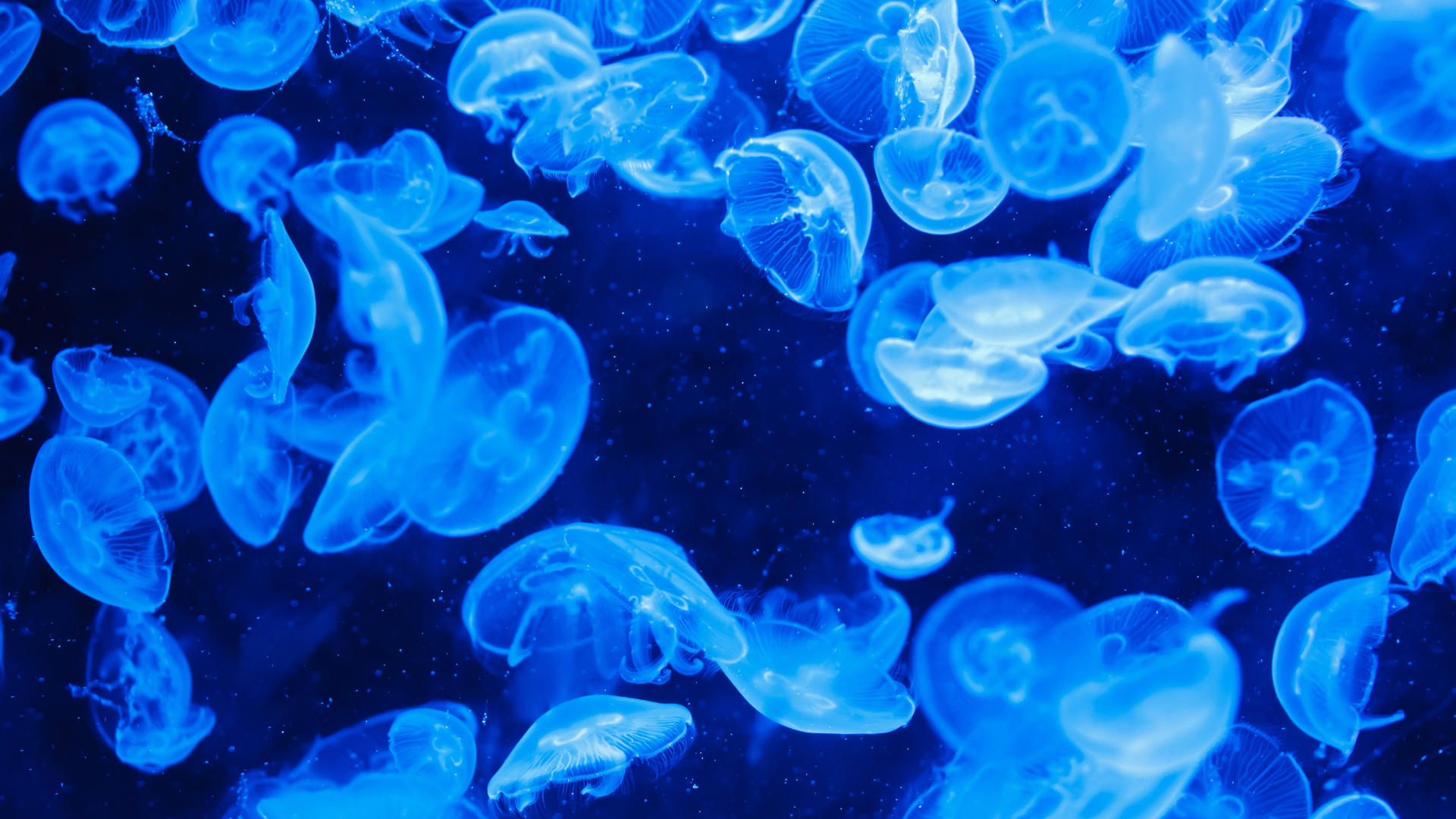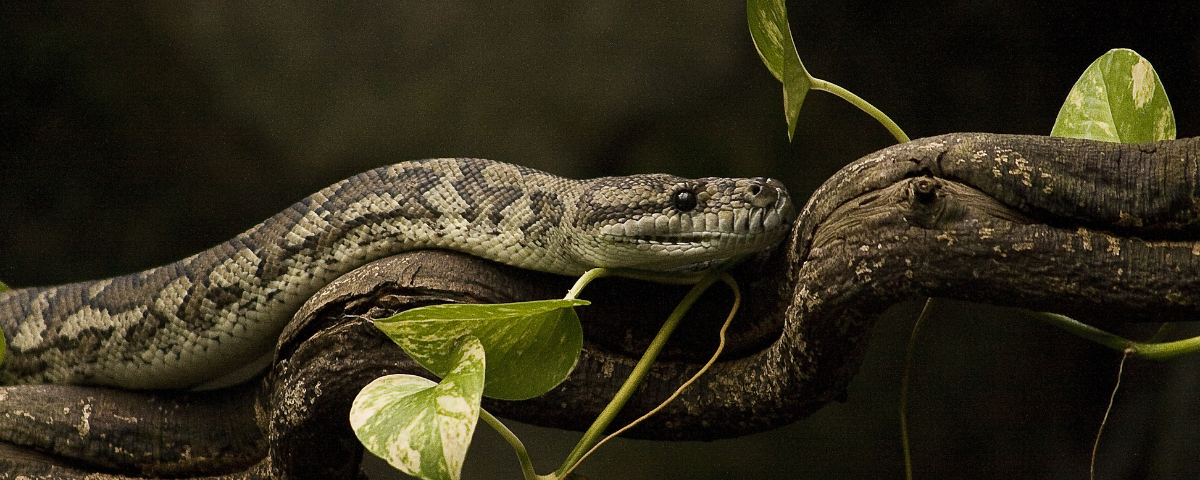Many living things possess the remarkable ability to glow in the dark, a phenomenon primarily caused by bioluminescence. Bioluminescence occurs when certain organisms produce light through chemical reactions within their bodies, often for purposes such as attracting mates, deterring predators, or luring prey. This natural light can be seen in various species, including fireflies, jellyfish, and certain fungi.
In contrast to bioluminescence, luminescence refers to the broader phenomenon of light emission that can occur in non-living materials as well, such as glow-in-the-dark paint. Understanding the differences between these two types of light production highlights the unique adaptations that organisms have developed to survive and thrive in their environments.
Exploring the reasons behind this captivating light show opens the door to appreciating the complexities of nature and the evolutionary advantages these glowing capabilities provide. Discovering how and why these organisms shine can deepen one’s appreciation for biodiversity and the wonders of life on Earth.
The Science of Bioluminescence
Bioluminescence is a unique phenomenon where living organisms produce light through chemical reactions. This process is primarily driven by specific compounds and enzymes that facilitate the glow in various species.
Chemical Reactions Behind the Glow
Bioluminescence occurs through a series of chemical reactions involving oxygen, luciferin, and an enzyme called luciferase. When luciferin interacts with oxygen in the presence of luciferase, light is emitted. This reaction is an example of chemiluminescence.
The reaction can be summarised as:
- Luciferin is oxidised.
- The enzyme luciferase catalyses the reaction.
- Energy is released in the form of light.
Different organisms utilize various types of luciferin and luciferase, resulting in diverse colours of bioluminescence. For instance, some marine species emit blue light, which travels farther in water, while terrestrial organisms may glow green or yellow.
Luminescent Compounds: Luciferin and Luciferase
Luciferin is the light-emitting molecule responsible for the glow in bioluminescent species. It varies significantly among organisms, affecting the colour and intensity of light produced. For example, fireflies use a specific form of luciferin that produces brilliant yellow-green light.
Luciferase is crucial for facilitating the reaction. It acts as an enzyme that accelerates the oxidation of luciferin. The efficiency and activity of luciferase can determine how brightly an organism glows.
Different types of luciferase exist, tailored to the specific luciferin of each species. This diversity allows for a wide range of bioluminescent effects, shaped by evolutionary adaptations.
Bioluminescent Organisms and Their Environments
Bioluminescent organisms inhabit various environments, each exhibiting unique adaptations. These organisms use bioluminescence for functions such as communication, predation, and defence, thriving in both aquatic and terrestrial ecosystems.
Deep-Sea Inhabitants
In the deep sea, bioluminescent organisms include species such as certain fish, squid, and jellyfish. These organisms often utilise bioluminescence to attract prey or deter predators. For instance, the anglerfish uses a luminescent lure to draw in unsuspecting prey in the pitch-black ocean depths.
Deep-sea habitats present extreme conditions, making bioluminescence a vital adaptation. It is estimated that up to 90% of deep-sea creatures can produce light. This phenomenon helps create a sustainable food web, recycling nutrients in these isolated ecosystems.
Terrestrial and Freshwater Species
Bioluminescence is not limited to the ocean. On land, fireflies are notable bioluminescent insects, using light for mating signals. Different species exhibit distinct patterns and flash rates, facilitating communication during the mating season.
In freshwater environments, bioluminescent fungi and certain bacteria thrive in decaying organic matter. These organisms contribute to nutrient cycling within their ecosystems. Their glow can attract insects, which helps in the dispersal of spores or bacteria. Thus, bioluminescence plays a crucial role in both attraction and ecological balance.
Dinoflagellates and Algal Blooms
Dinoflagellates are a group of microalgae that exhibit bioluminescence, often causing glowing phenomena in the ocean. During disturbances, such as waves or ship movement, these organisms release light, creating a mesmerising visual effect known as “sea sparkle.”
Some dinoflagellates are responsible for harmful algal blooms, commonly referred to as “red tides.” These blooms can produce toxins that affect marine life and humans. Understanding their bioluminescent properties adds insight into their ecological roles and potential impacts on marine environments.
Functions of Bioluminescence
Bioluminescence serves various essential functions in the natural world. Predation and defence strategies often employ glowing features, while attraction and communication play crucial roles in mating rituals.
Predation and Defence
Bioluminescence can be a powerful tool in predation. Some organisms, like the anglerfish, use light to attract unsuspecting prey. The fish’s photophores, which are specialised light-producing organs, emit a glow that lures organisms close enough to be captured.
In other cases, bioluminescence provides a defence mechanism. Certain species can use their glow to startle predators. In some instances, creatures release glowing substances to obscure their escape routes, confusing attackers. This ability to blend into the dark or create sudden bursts of light can enhance survival rates.
Mating and Communication
In the context of mating, bioluminescence plays a pivotal role in communication. Many species use light to attract mates effectively. For example, fireflies utilise rhythmic flashes to signal their availability to potential partners. This visual language ensures that mating occurs between compatible individuals.
Additionally, bioluminescent signals can convey information about biological fitness. The intensity or pattern of the light may indicate the health or vitality of the organism. Such displays can help ensure reproductive success while also establishing territories among competing individuals.
Bioluminescence in Human Culture and Industry
Bioluminescence has found various applications in culture and industry, influencing fields from medicine to art. Its unique properties, alongside related phenomena like fluorescence and phosphorescence, play crucial roles in several innovative uses.
Applications in Research and Medicine
Bioluminescence is instrumental in biomedical research, particularly in imaging and the study of cellular processes. Researchers use bioluminescent markers to track gene expression, monitor infections, and assess tumour growth. For instance, firefly luciferase is commonly employed in luciferase assays to measure the effectiveness of drugs.
Moreover, bioluminescent proteins are used for real-time imaging in living organisms. Techniques that leverage fluorescence allow scientists to visualise biological phenomena with precision. This capability enhances the understanding of diseases and can lead to breakthroughs in treatment strategies.
Aesthetic and Recreational Uses
Bioluminescent organisms have become popular in art and leisure activities. Hands-on experiences with bioluminescence, such as visiting glowing beaches or engaging with luminescent displays, captivate many.
Products that capitalise on phosphorescence, like glow-in-the-dark items, rely on materials such as calcium sulfide or zinc sulfide. These materials absorb light energy and re-emit it over time, providing a long-lasting glow. Strontium aluminate is another popular phosphor, known for its enhanced brightness and longevity compared to older phosphorescent materials.
Art installations and themed events utilise bioluminescence to create immersive environments, enabling a connection between science and aesthetics that fascinates audiences.




